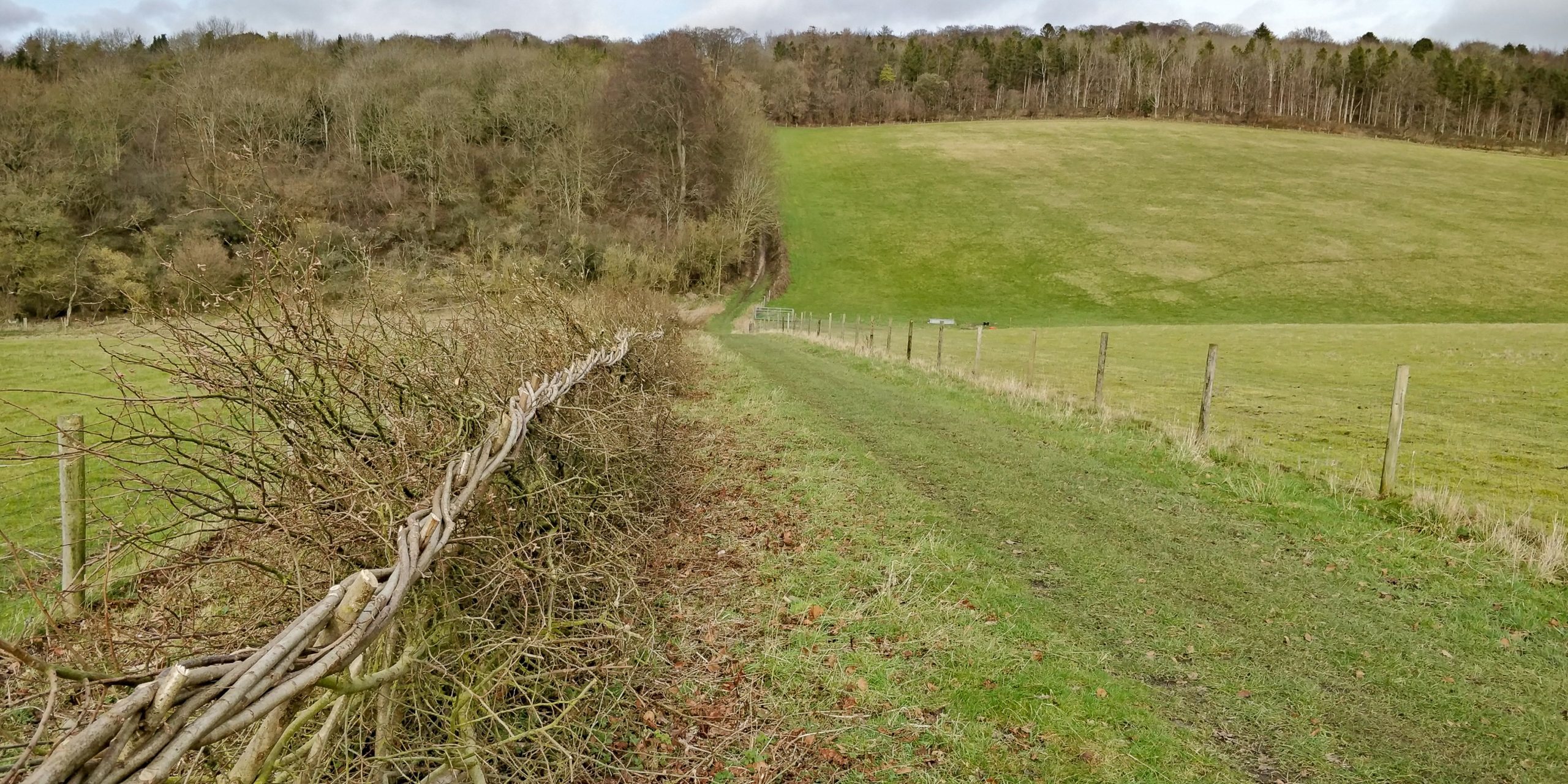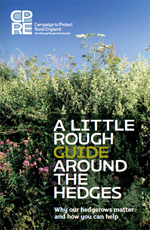CPRE Oxfordshire Guides

Last modified:
4th February 2025
A Little Rough Guide Around the Hedges
This little guide is a celebration of our unsung hedgerows. There’s a handy hedgerow plant identifier for when you’re next exploring our beautiful countryside.
A Little Rough Guide Around the Hedges
What’s Special To You: Landscape Issues In Your Neighbourhood Plan
A guide to help influence development decisions in your local area
This guide is to help community groups develop strong landscape policies in their Neighbourhood Plans.
It will be helpful for anyone who is interested in protecting what is special about their local landscape.
It includes examples of existing neighbourhood planning policies, such as those designed to conserve landscape character, safeguard hedgerows, designate local green space and protect dark skies.
Read and print a PDF version of the guide below.
CPRE Landscape Neighbourhood Planning
Drainage – a guide to responding to Planning Applications
CPRE Oxfordshire is concerned that the impact of new development on existing drainage services, both surface water and foul drainage, is currently overlooked within the planning system.
This puts strain on local drainage strategies with local rivers bearing the brunt. Ultimately surface water finds its way to local streams and rivers potentially causing flooding. In the event that mains sewers are unable to cope with foul drainage, water companies are permitted to release untreated sewage into rivers potentially causing significant environmental damage.
We have produced a Technical Bulletin to help respond to drainage issues when commenting on planning applications. Download your copy below.
CPRE Technical Bulletin – Drainage
Reducing Light Pollution – a guide to responding to Planning Applications
Urban development in the southeast of England continues to increase the brightness of the
night sky with negative impacts on:
• Amenity: light pollution disrupts the circadian rhythms of people which can lead to health issues, loss of attention,
increased stress and fatigue and harm people’s quality of life.
• Culture: light pollution reduces the natural beauty of the night sky and historic character of places.
• Ecology: research shows that the increasing use of artificial light at night is very disruptive to many different species;
disrupting their circadian body clocks and also migration, movement and ecosystem integrity.
• Climate Change: unnecessary lighting wastes energy. Better lighting saves energy and reduces CO2 emissions from fossil-fuelled power stations.
CPRE South Oxfordshire has produced a Technical Bulletin to help respond to light pollution issues when commenting on planning applications. Download your copy below.

